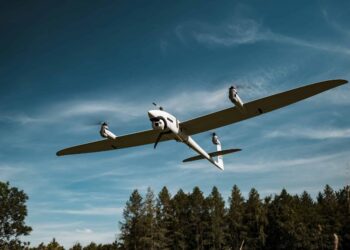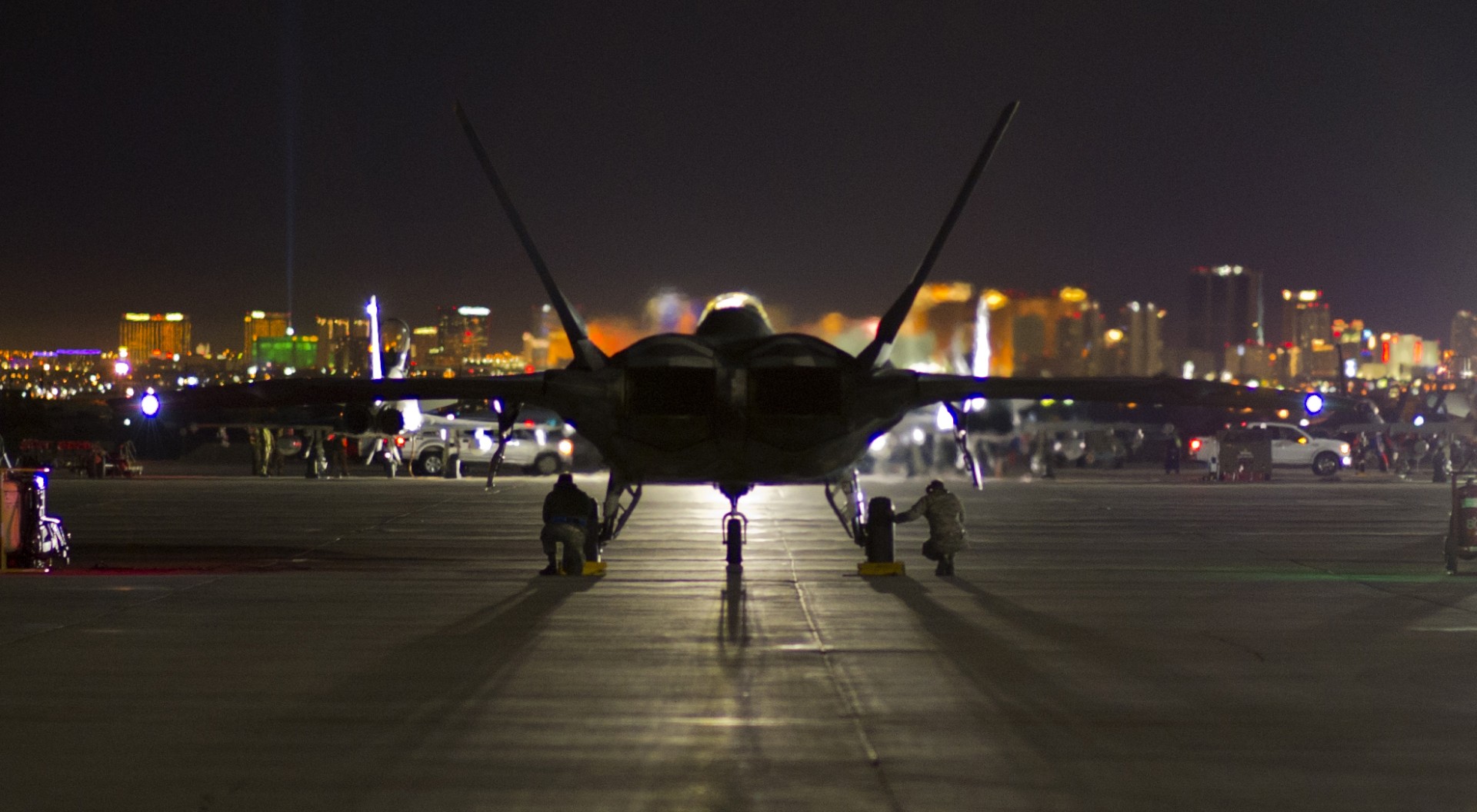WASHINGTON: A new system being developed to give helicopter crews a “heads up” when they’re being attacked, as well as the shooter’s location, is slated to ship to Afghanistan in October to see how it stands up under combat conditions.
The Helicopter Alert and Threat Termination system, being developed by the Defense Advanced Research Projects Agency, promises to warn aircrews of incoming small-arms or machine-gun fire with enough time to take evasive action and launch a counterattack, said Karen Wood, the program manager.
It works by using advanced sensors able to detect the supersonic shock wave or “crack” produced by a bullet in flight and pinpointing its source, she explained.
The program, known as HALTT, taps into technology that Wood’s DARPA team already developed for ground vehicles.
The CROSSHAIRS – or Counter Rocket-Propelled Grenade and Shooter System with Highly Accurate Immediate Responses – program aims to develop a threat detection and countermeasure system for light tactical vehicles.
CROSSHAIRS will be able to detect and locate enemy shooters firing threats ranging from bullets to rocket-propelled grenades to anti-tank guided missiles to direct-fired mortars, Wood said. In addition, it will engage the shooters and notify other friendly forces of the threat.
The CROSSHAIRS program builds on yet another DARPA effort: the Boomerang II acoustic gunshot detection system. The vehicle-mounted anti-sniper system “listens” for a bullet’s shockwave and muzzle blast and transmits the shooter’s location to the vehicle crew – all in less than a second.
Thousands of Boomerang II systems already are in the combat theater, and troops on the ground credit them with high accuracy and few false alarms, Wood said.
Wood got a first-hand report of their effectiveness from a participant at a conference she was attending in San Diego.
“Were you involved in the Boomerang program?” a man asked her. “Well, I just want you to know that it saved my son’s life.” He went on to share the story of a unit under attack, a bullet that barely missed its target, and how Boomerang engaged before the next bullet hit.
But transferring that capability to helicopters presents new challenges, largely because of aircraft noise that muffles out blasts and rotor blade downwash that plays havoc with supersonic shock waves.
“So technically, this was very, very challenging compared to ground vehicles,” Wood said. “You had to think about the problem a little bit differently.”
Working closely with the Army and U.S. Special Operations Command, DARPA used Boomerang as a starting point as it went about developing a similar capability for helicopters.
The initial result, a prototype HALTT system, showed great promise when it was put through testing at Fort Rucker, Ala., and Aberdeen Proving Ground, Md., Wood reported.
The initial tests were conducted aboard an Army UH-60L Black Hawk, but the testing then extended to a SOCOM MH-47 Chinook to gauge how HALTT technology translates to different air platforms.
During four flight tests at Fort Rucker, “the systems just kept getting better and better,” Wood said. HALTT performed so well, in fact, that the military pressed to get Phase 1 prototypes into the combat theater even as DARPA further refines the program. So beginning in October, helicopter crews in Afghanistan will get the capability HALTT provides, as well as a chance to weigh in on its development.
“What will be really helpful for us is that they will be able to use the system, and they’ll probably use it in ways that we haven’t even thought of. That’s certainly what we found to be the case from Boomerang,” Wood said.
“We expect them to give us some really good feedback,” she continued. “What we’re hoping for is to get valuable feedback for this next phase of the program: This is what they like or didn’t like, and ‘Can you make it do this … ?’ But at the same time, they will have a capability there that they simply never had before.”
Meanwhile, Wood’s team will incorporate this feedback while moving into the second phase of the HALTT development program.
Among the things they’ll explore are ways to make the system more effective when the helicopter is hovering and generates the heaviest rotor wash, to overcome extra noise from dual-rotor aircraft, and to use existing helicopter display panels to convey alert warnings to aircrews.
In addition, plans call for more vigorous in-air testing when HALTT is installed in a Maverick unmanned aerial vehicle.
Wood praised cooperation between the Army, Socom and DARPA that’s enabled the program to advance so quickly. “They have really stepped up and done an incredible job,” she said. “The program has proceeded rapidly compared to a normal acquisition program.”
Regina Dugan, DARPA’s director, quantified the program’s pace during congressional testimony in March. “From funding allocation to live-fire test completion, this effort took an unprecedented five months, and will be fielded in less than a year from identification of the need,” she told a House Armed Services subcommittee.
But beyond the development timeline, Dugan expressed particular enthusiasm about the new capabilities HALTT, as well as CROSSHAIRS, will bring to warfighters on the ground. Both systems “promise to make it very dangerous to shoot at U.S. forces,” she said, “because the first shot may well be the adversary’s last.”









